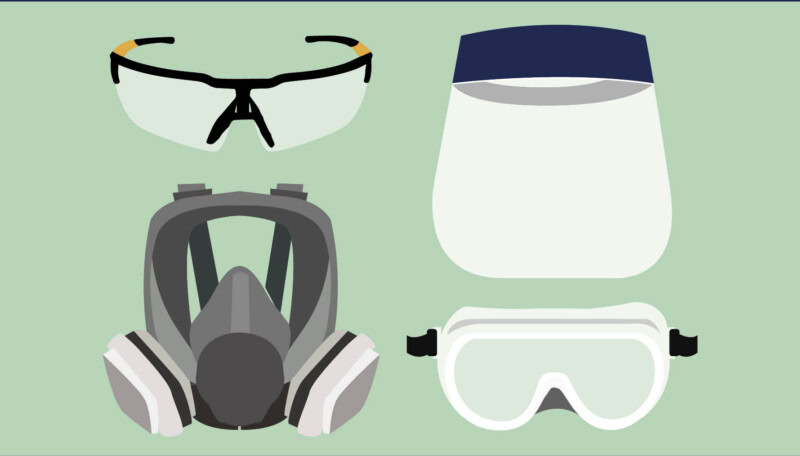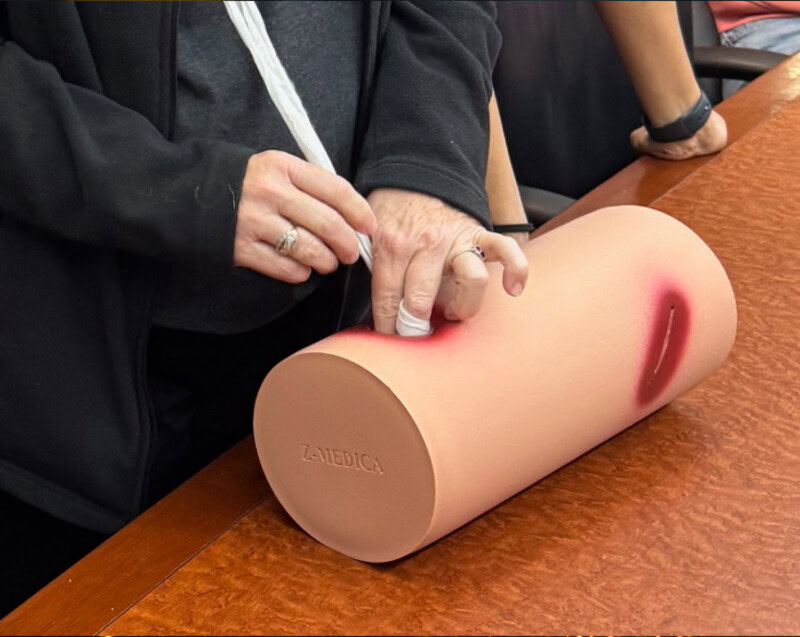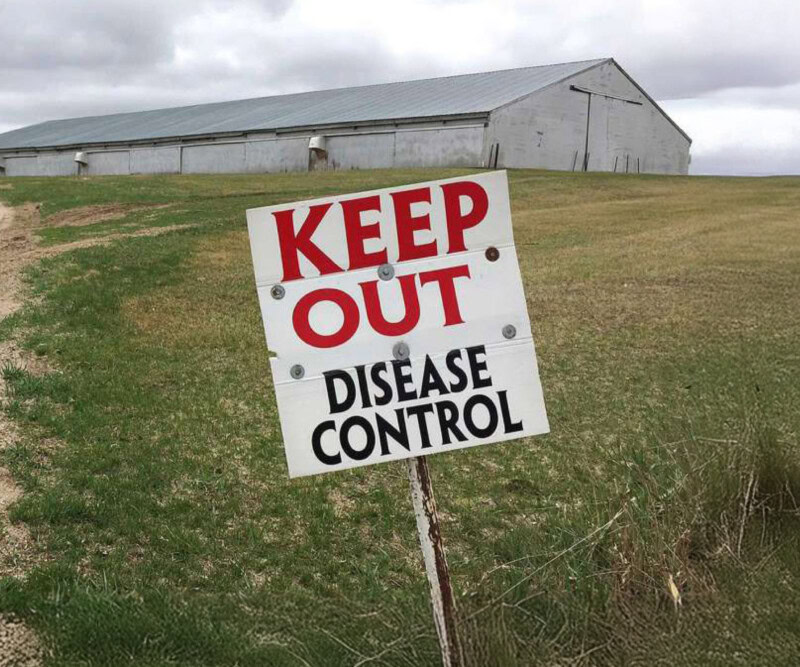The National Institute for Occupational Safety and Health (NIOSH) reports 2,000 American workers sustain job-related eye injuries that require medical treatment each day. As the Occupational Safety and Health Administration (OSHA) notes, these incidents can lead to substantial negative health and financial impacts, costing an estimated $300 million annually in lost productivity, medical treatment, and worker compensation. This Workplace Eye Wellness Month, we’re visiting with Cole Ledbetter, CIH, CSP, Senior Industrial Hygienist, about how employers can help prevent these injuries:
What are the primary workplace eye hazards?
The most common workplace eye hazards are flying objects or debris; hazardous chemicals; and dust. Additional hazards may include radiation, vapors, pathogens, or digital eye strain from exposure to blue light. OSHA states these injuries often occur because employees were not wearing eye protection, or the equipment was improper or ill-fitting.
In general, what causes workplace eye injuries?
According to NIOSH, the leading causes of eye injuries in the workplace are scraping or scratches from small particles; striking and blunt-force trauma from large objects; penetration; and chemical or thermal burns.
What can employers do to help prevent eye injuries?
First, employers should complete an eye hazard assessment to determine potential dangers within the workplace. Then, they should eliminate these hazards with engineering controls, in accordance with OSHA guidelines. Finally, they should require and provide employees with the proper eye protection, such as safety glasses, goggles, face shields, or full-face respirators.
Is there a recommended type of eye protection for workers?
Safety experts suggest the proper eye protection “can lessen the severity or even prevent 90% of eye injuries.” To determine the eye protection needed, OSHA says workplaces should evaluate “the nature and extent of the hazard, the circumstances of exposure, other protective equipment used, and [the individual worker’s] personal vision needs.”
Do you need help conducting a workplace eye hazard assessment or determining the proper eye protection for your employees? Contact our IH team at webquestion@cteh.com.




